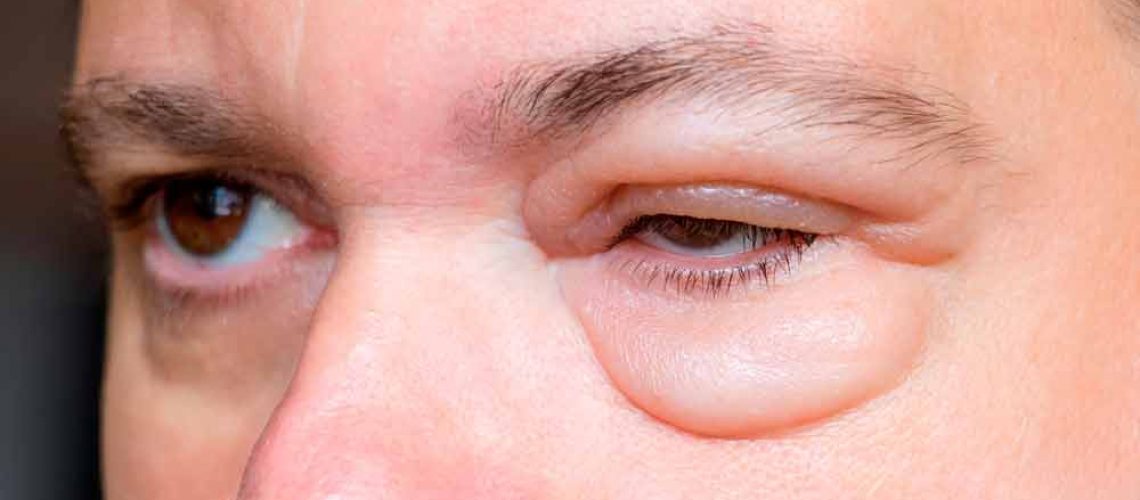The edema in the eyelids is due to the accumulation of liquid in the internal tissues of the same. In most cases, it reaches such intensity that it closes the eyelids, making it difficult to open.
It may be associated with conditions of the eyelids and their adjacent parts, such as styes, dacryocystitis, and sinus complications, or internal eye inflammations, such as those of iridoclitis, acute glaucoma, and panophthalmitis.
Eyelid edema can occur due to trauma, insect bites, wounds, allergies, heart and kidney conditions.
Palpebral angioneurotic edema: it is recurrent and is not accompanied by ocular disorders. This type of edema disappears almost as quickly as it appears, but even so, its appearance worries the patient a lot. It is frequently observed in women, especially in the menstrual period. The most important causal factor is food, including nuts, vegetables, shellfish, chocolate, eggs, wheat, milk, pork and onion. Another cause may be drug substances that produce chronic allergic edema, such as penicillin, streptomycin, aspirin, barbiturates, phenolphthalein, endocrine substances and heterologous serum.
Other types of palpebral edema: palpebral eczema, contact palpebral dermatitis, atopic dermatitis, hordeolum, meibomitis, etc.





